The Witcher 3 has the best armor in video games
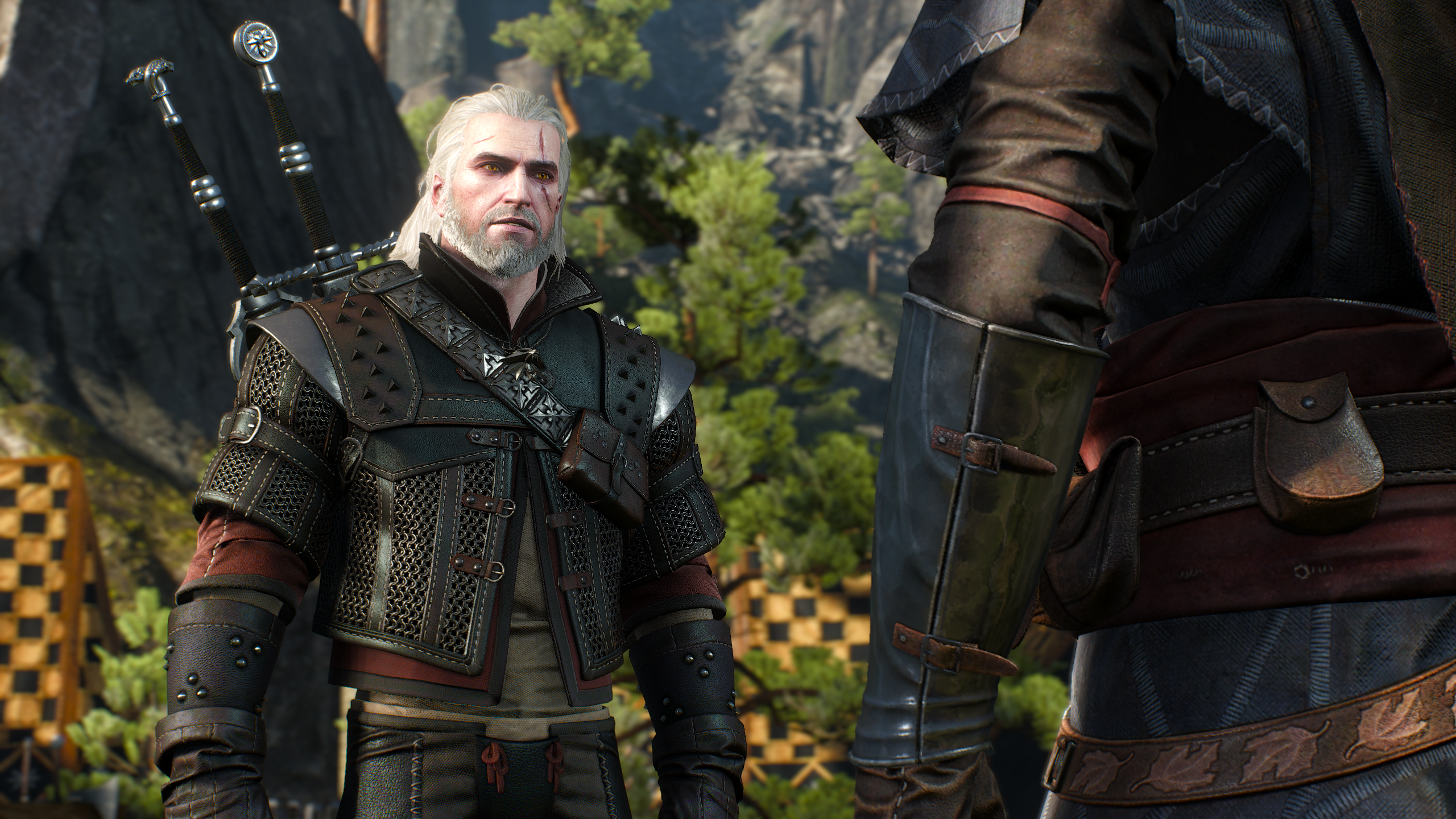
Until The Witcher 2, I’d never played a game where characters actually looked like they were wearing clothing. Of course game characters aren’t usually naked; they’re drawn or modeled with a stylish everyman hoodie or blinged out power suit. But that clothing never felt like something the character was wearing; it always seemed too form-fitting, like an inseparable part of the character model. When Mario switches from his blue to red overalls with a fire-flower pick-up, it doesn’t seem like he’s changing his wardrobe. His entire character design is changing in an instant.
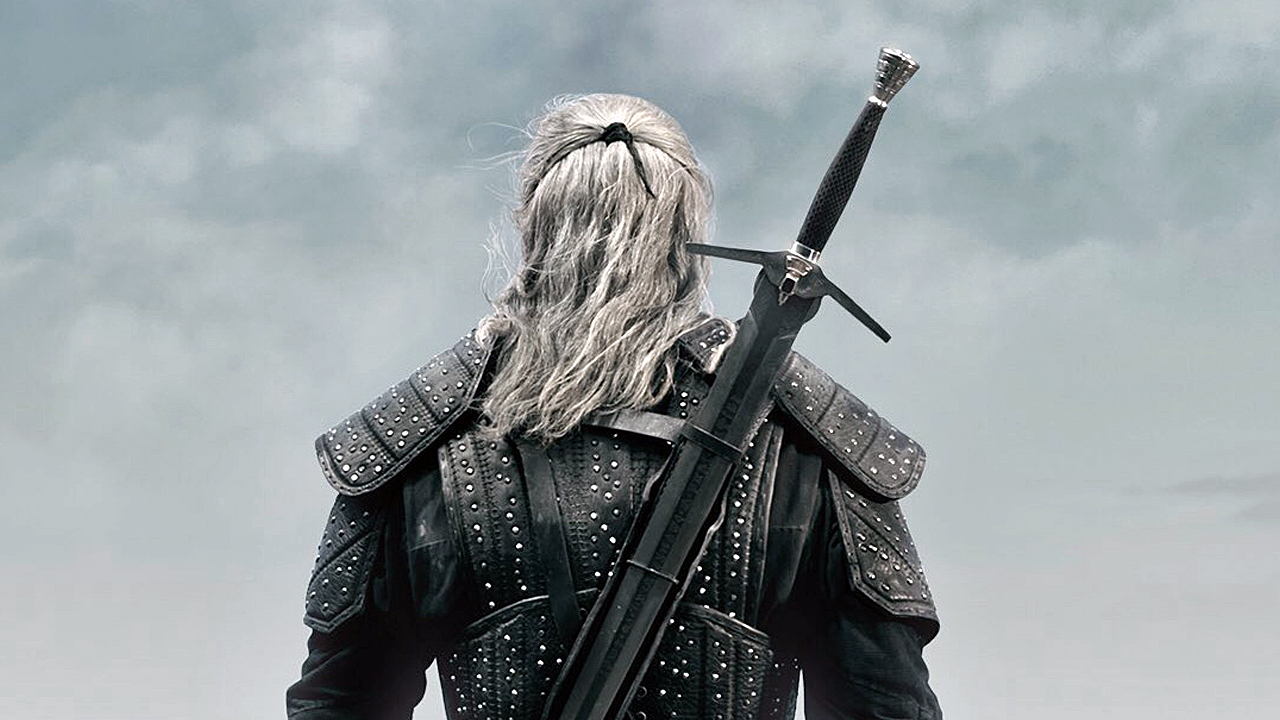
Geralt of Rivia and his band of merry monsters are starring in a Netflix show debuting late in 2019 based on the novels by Andrzej Sapkowski. Check out everything we know about Netflix's The Witcher, from casting, to trailers, to story.
Then I played The Witcher 2. The Witcher 2 has real clothing and armor: it looks layered, chunky, with stitching and patterning and fluffy collars. Leather straps crisscross woven fabrics which cover thick chainmail. At the time, I was wowed by the graphical detail, but that was about it. Now, after three months and 85 hours invested in The Witcher 3, I can’t stop thinking about how great Geralt’s vast, evolving wardrobe is. Geralt’s armor is even more detailed and varied than in The Witcher 2, but I came to appreciate it for more than looks.
Geralt’s clothing in The Witcher 3 helps sell the authenticity of the world and the epic, months- and miles-spanning story it has to tell. If you’d told me three months ago that I’d finish The Witcher 3 and reflect more on its armor than its ending, I would’ve been skeptical. But here we are.

Threads of fate
I used to get a little thrill out of RPGs, mostly Japanese RPGs, that actually showed my character wearing the new armor or wielding the new blade I’d found in the last treasure chest. Seeing that new equipment contributed greatly to the sense of progression over dozens of hours, making new armor more significant than a mere stat boost. It was a rare thing: most games stuck with a static character design for the duration, or only changed what the characters were wearing at key narrative moments. Even as modern 3D games made unique armor models less novel, I enjoyed them as symbols of progress: in Oblivion, I switched to the awkward third-person camera for a couple hours each time I crafted a new armor set (the Daedric armor was obviously the best).
The Witcher 3 more thoroughly integrates clothing into its progression arc and its narrative than any other RPG I’ve played. As rewards for completing quests, exploring the world, and collecting crafting diagrams, each new piece of armor is lusciously detailed. Witcher 3’s gambesons and brigandines are the big-budget, artists-gone-wild descendents of those little pixelated chestpieces and helms I used to fawn over.
CD Projekt Red’s artists show a unique talent for turning real textiles into natural-looking digital textures. Layering is the key, as any hip San Franciscan with a plaid button down, hoodie, coat, and cashmere scarf will tell you. Most games don’t do a great job of this. Let’s look at Skyrim as an example from a few years ago.

On the left is Skyrim’s light leather armor, and on the right is the Stormcloak armor. I think both are cool designs, and Bethesda’s artists used some smart texturing to convey the different pieces of cloth meant to make up each piece of armor. But you can see how the layers don’t feel very three dimensional. Outside the leather armor’s pauldrons, the material mostly looks flat, especially the straps along his thighs. Darker shading around edges can only do so much.
Keep up to date with the most important stories and the best deals, as picked by the PC Gamer team.
The same goes for the strap along the Stormcloak armor’s chest, and the chainmail layered underneath the vest. They look like different materials, but they still look conjoined, not like one is placed atop the other, and the whole thing is skintight on the model.

Image via Dragon Age wiki.
For something a bit more contemporary to the right is some armor from Dragon Age: Inquisition which runs on the much more detailed Frostbite engine.
Inquisition’s armor is definitely a big step up over Skyrim’s. The creases and light patterning make the fabrics look more realistic, and from the front, the jerkin (I think that’s a jerkin? We’ll call it a jerkin) looks like it’s actually layered over the purple leather. From the side, that depth mostly disappears. The straps don’t look like separate objects, and the jerkin, leather and chainmail all look like one form-fitting piece.
There’s doubtless armor in Inquisition (like In Death, Sacrifice) with more detail and more prominent layering, but it’s hard to beat The Witcher 3. Most of Geralt’s armor truly looks like it’s made from a collection of real materials woven together by someone within its own world (although most of the blacksmiths in the Northern Kingdoms don’t quite look like fine armor artisans).
Still, look at this shit. This is Geralt’s starting armor, a Skellige Gambeson, and an Angrenian Cuirass, all equipment you can wear early in the game. The detail is on another level.
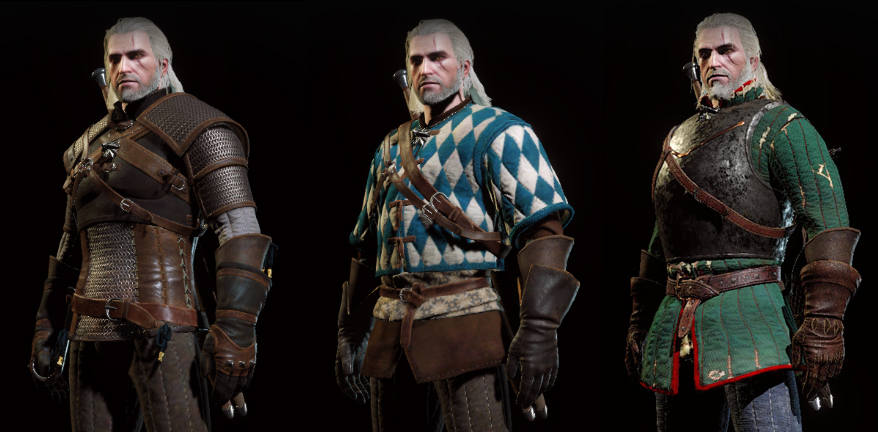
The starting armor is an amazing combination of chainmail and leather, and there are tons of little touches of three dimensionality. The raised pauldrons. The gloves sticking out at the elbows. The belts curling outward. The other two armor sets aren’t nearly as badass—I think most Witcher 3 players remember the amusing moment they put on a Skellige Gambeson and wondered why they’d just exchanged chainmail for a puffy sweater—but I still love how much this piece of armor looks like real clothing. The sleeves are loose, demonstrating Geralt’s pro layering skills. And with both the gambeson and the cuirass, you can see how the tops are separate articles of clothing that don’t connect seamlessly with the trousers, like your typical video game bodysuit.
Dress to impress
OK, so that’s more nerding out about textiles and fashion than I’ve ever done in my life, but there’s a point to it all in The Witcher 3, for me. It adds up to something more significant. As I mentioned before, the attention devoted to each piece of armor made them feel especially rewarding to craft or earn as rewards for completing quests. I looked forward to leveling up just to be able to check out a new piece of armor I’d been toting around for three hours. But that level of detail also justified the most involved quests in the game: hunting down the Witcher school gear crafting diagrams, which were scattered around Witcher 3’s giant game world.
Completing a perfect set of Witcher armor from one of the schools (Wolf, Cat, Bear, Griffin, Viper) is a serious undertaking, but it pays off with armor that looks cooler than anything else in the game (and has better stats, naturally). The treasure hunt begins with a quest to find individual crafting diagrams for steel and silver swords, gauntlets, armor, trousers, and boots. Once you’ve found them all, you can start a new quest for Enhanced Armor. And then Superior Armor. And, finally, Mastercrafted armor, which you’ll only be able to craft if you’ve gone through a separate pair of lengthy quests.
The stat payoff isn’t really worth it unless you’re playing on the hardest difficulty—I blasted through the endgame with my Mastercrafted Wolf gear. It’s the artistry devoted to the armor that makes each upgrade feel worthwhile. Just look at how the Wolf armor improves with each upgrade.
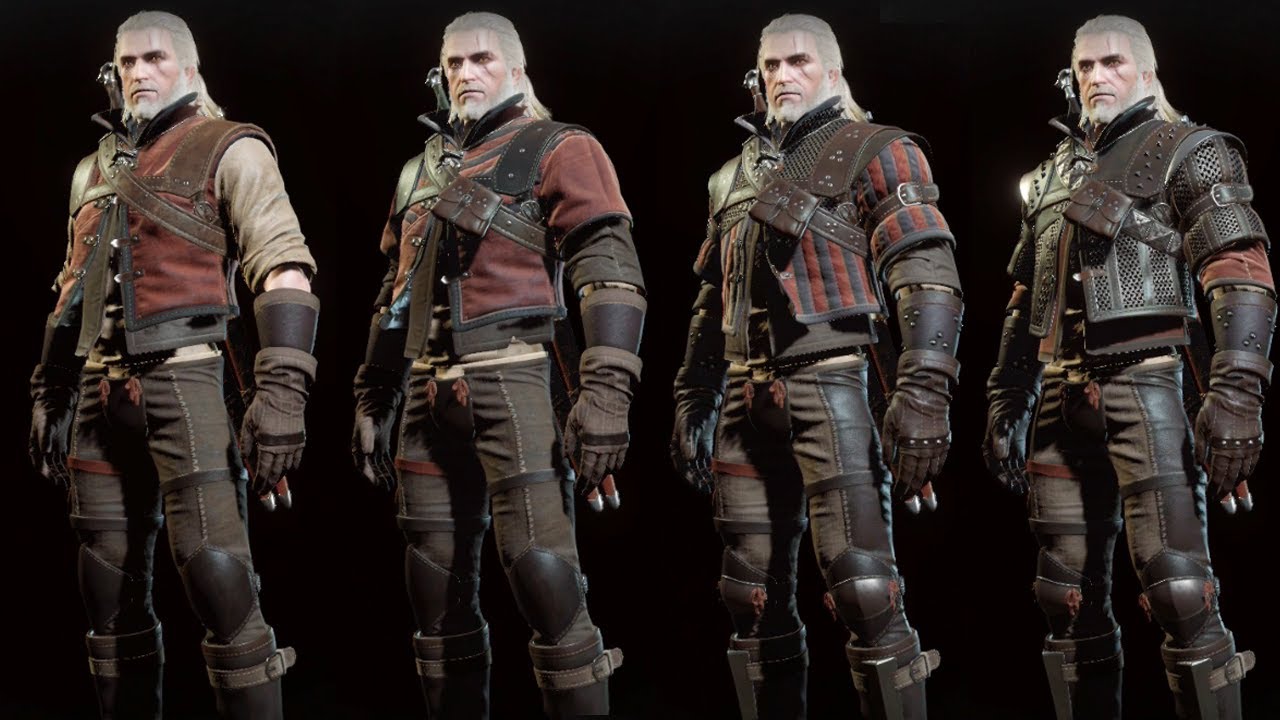
That is some awesome armor, and I worked hard to earn it.
Over the 85 hours or so I played The Witcher 3, Geralt’s progression through weapons and armor felt like a natural extension of the time that passed in-game. I was covering long distances and traversing different cultures, and could see my own armor choices reflected in the people of that region. I felt a little sheepish talking to folks in the Northern Kingdoms wearing my Nilfgaardian Guard Armor with its prissy neck thing. I also felt uncomfortable wearing some great heavy armor I earned when I realized it was the same uniform as the witch hunters who were hounding Triss.
I slaughtered an entire barracks of witch hunters at one point. It was a bad scene.
The point is, all that armor feels real enough to convey something about one of the cultures in The Witcher 3. This was even reinforced by a couple great scenes where Geralt’s companions encourage him to dress up for a party. Geralt hates dressing up. But swapping out of a layered suit of armor for a cushy doublet adds so much to the authenticity of Geralt’s world as a real place.

It’s not that changing outfits makes the game feel more immersive. I don’t feel like I’m there. But I feel like the characters are; they’re people in an intricately realized world with regional accents and decor and fashion, not a two-dimensional film set that falls apart if you peer behind the scenes.
I've mostly focused on Geralt, here, but dozens of other characters in the game have amazingly detailed outfits as well; they just don't benefit from changing clothes the way Geralt does. But look at this lady!
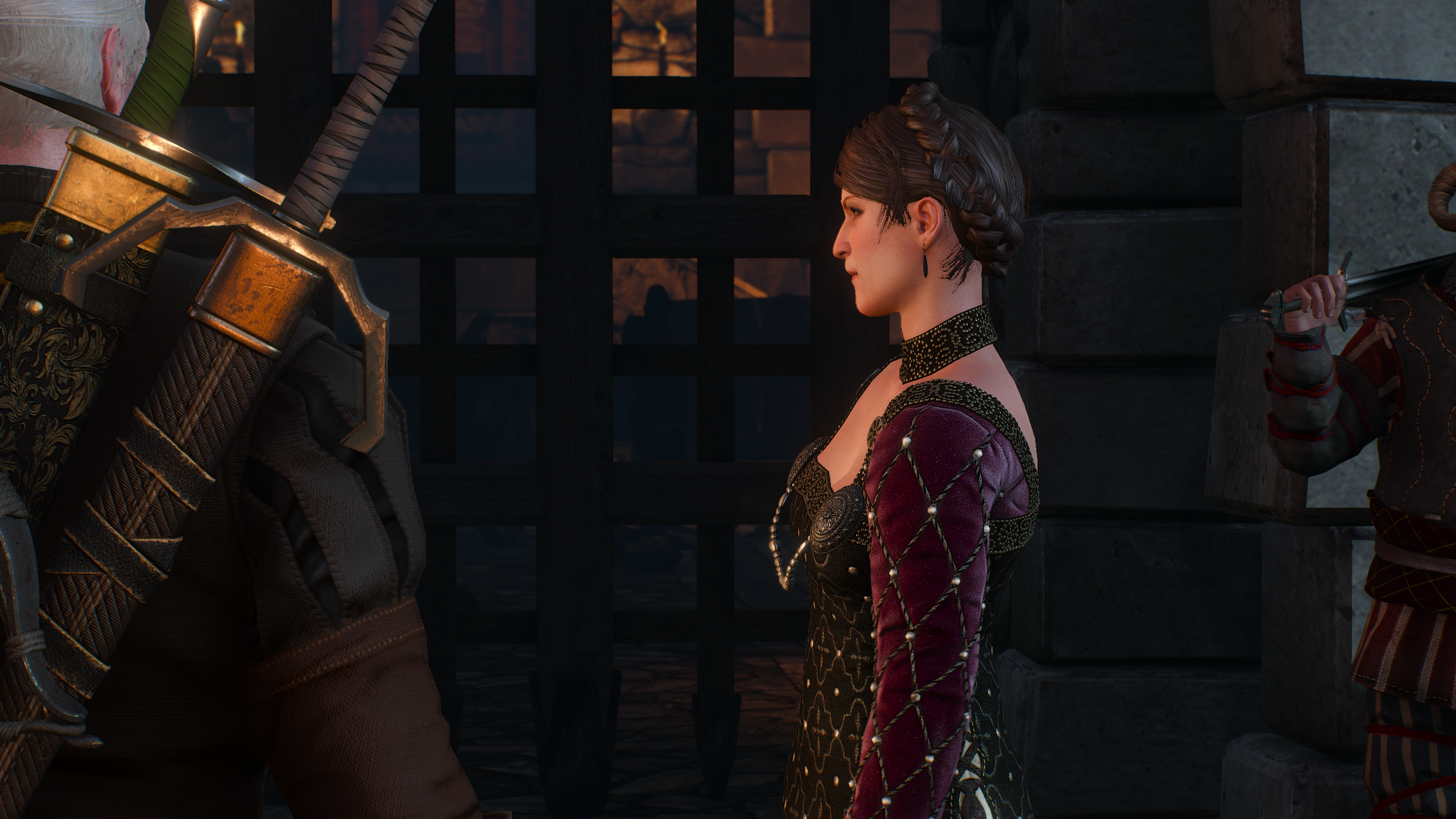
Now that's a dress. And look at this guy! Zoom in on that leather texture. Dang.
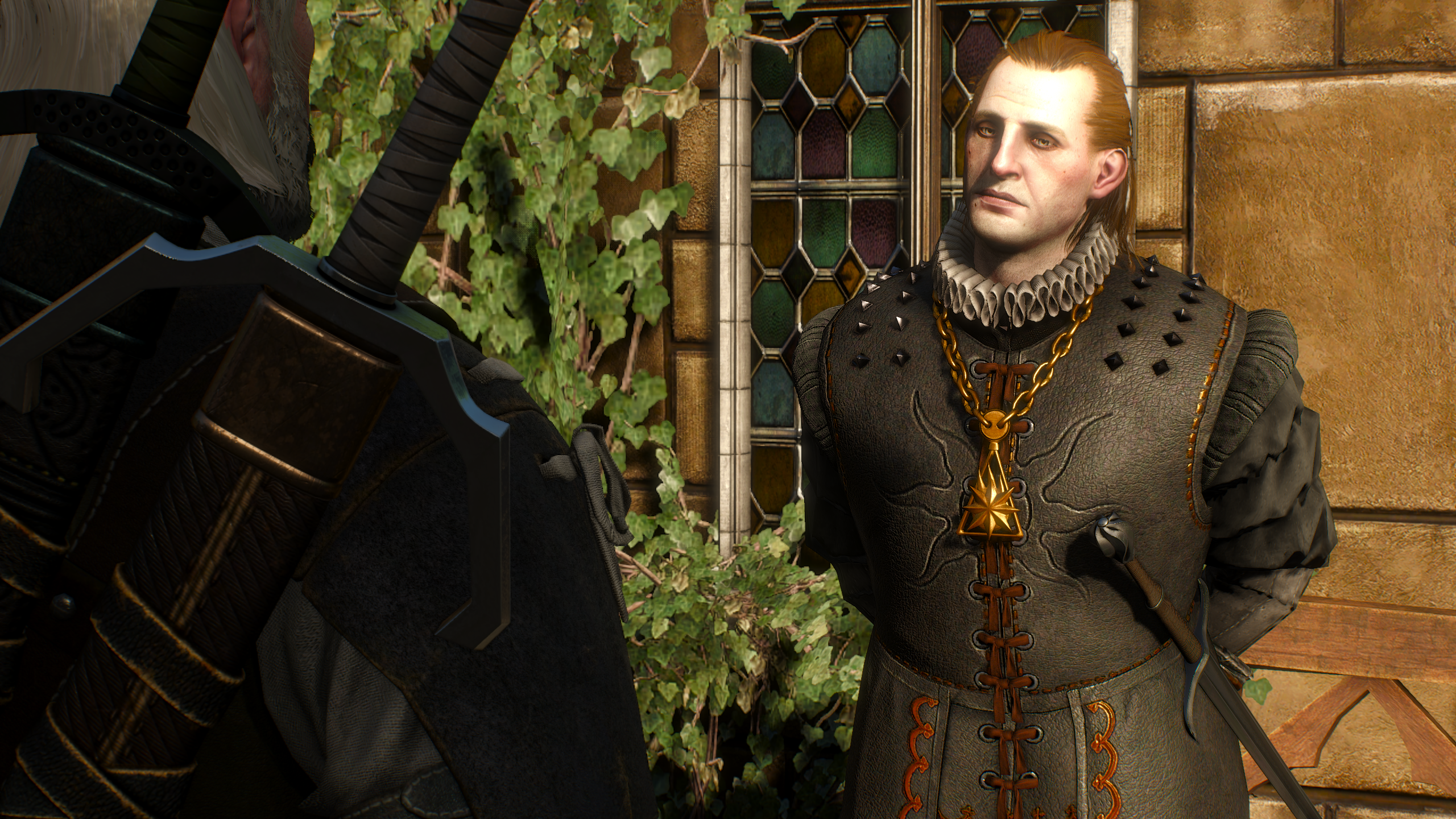
The Witcher 3’s clothing may have only played a small part in bringing that world to life, but it’s the ingredient that pushed me over the edge into adoration. I spent five hours upgrading the Wolf school gear, just so I’d have Geralt in the coolest armor I could for the game’s ending cutscenes. It was his big moment, after all. He’d want to be prepared.
And yeah, that one time I accidentally got drunk and had my armor stolen? You bet your ass I tracked down the thieves and got it back.

Wes has been covering games and hardware for more than 10 years, first at tech sites like The Wirecutter and Tested before joining the PC Gamer team in 2014. Wes plays a little bit of everything, but he'll always jump at the chance to cover emulation and Japanese games.
When he's not obsessively optimizing and re-optimizing a tangle of conveyor belts in Satisfactory (it's really becoming a problem), he's probably playing a 20-year-old Final Fantasy or some opaque ASCII roguelike. With a focus on writing and editing features, he seeks out personal stories and in-depth histories from the corners of PC gaming and its niche communities. 50% pizza by volume (deep dish, to be specific).

